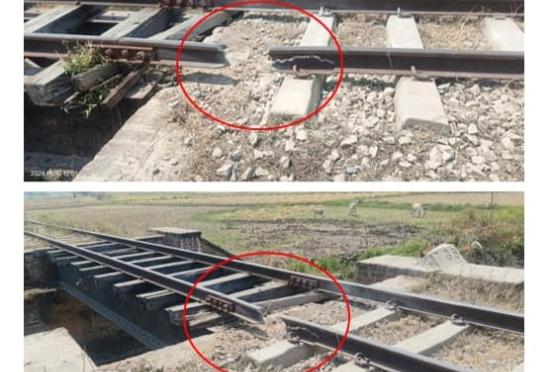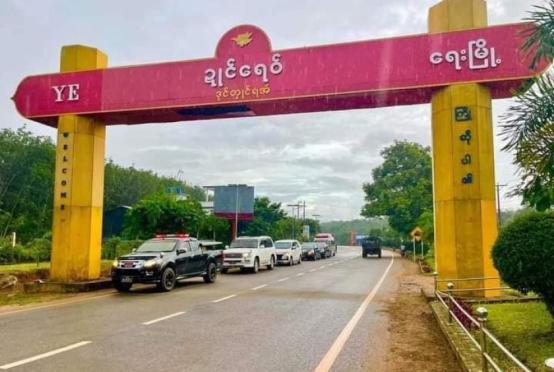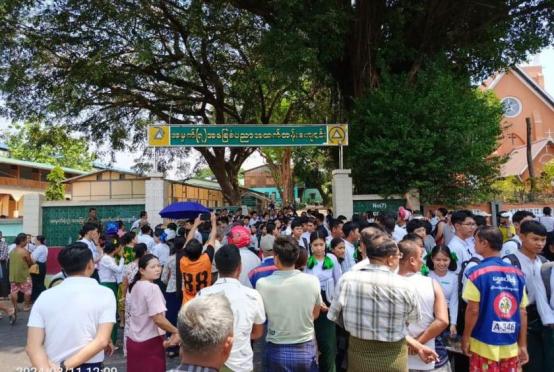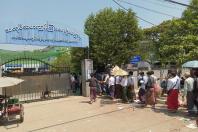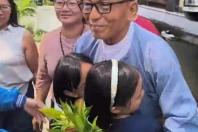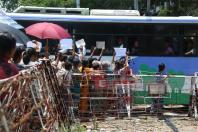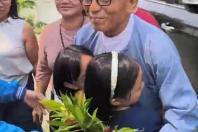(The Japan News/ANN) The government has instituted procedures to decide and announce the new era name “in a more careful manner” than those that were taken when the era name changed from Showa to Heisei 30 years ago, so that the new name can be accepted by the people without trouble.
At a press conference on Friday, Chief Cabinet Secretary Yoshihide Suga, who chairs the government’s council to discuss the procedures, said emphatically: “Preparations have been made for Monday [when the new era name will be decided]. We’d like to tackle the issue resolutely with a sense of tension so that the government will be able to announce the new era name without a hitch.”
When it comes to the procedures, from the launching of an expert panel to the announcement of the new era name on Monday, the government will follow almost exactly in the footsteps of the procedures for choosing Heisei.
However, the time spent on the procedures will be about two hours, which is 30 minutes longer than the about 1½ hours taken for the Heisei procedures.
The experts the government is expected to seek opinions from will be confined to the Prime Minister’s Office until the announcement of the new era name, to prevent the information leaking. There is the constraint of not closeting the experts for too long, but a senior government official said that the government has created an environment in which the experts can discuss the matter as carefully as possible.
Another senior government official, who attended the council to discuss the procedures, said, “[The government] achieved a balance at the eleventh hour.”
When choosing Heisei, the government presented the expert panel with three options: “Shubun,” “Seika” and “Heisei.” But the only option that did not share its initial with “Showa” was “Heisei.”
For that reason, this time the government has taken into account the fact that it was criticized as having manipulated the debate over the new era name in favor of Heisei.
The number of people on the expert panel increased by one to nine from the previous panel and female members also increased to two. Shinya Yamanaka, who is a Nobel Prize laureate, is expected to participate. This is a manifestation of the government’s stance of collecting opinions from as wide a range of people as possible.
On the other hand, a move to make Prime Minister Shinzo Abe’s presence felt during the procedures can be seen.
In the case of the Heisei announcement, then Chief Cabinet Secretary Keizo Obuchi held up a piece of paper on which the kanji characters for Heisei were written in sumi ink and read out the prime minister’s statement, thus making a name for himself as “Heisei Ojisan” (Uncle Heisei). This time, Abe himself will read out his statement at a press conference.
There is a possibility that the number of draft era names that will be presented to the experts could increase to about five. But a government source said that even if the government uses various opinions as a reference, in the end the new era name will be chosen by the prime minister.
Much consideration has been given to the Imperial family in terms of the procedures to choose the new era name.
Around 7 p.m. on Friday, a line of cars, one of which carried Abe, entered the Togu Palace in Tokyo’s Motoakasaka district. Abe had reported on the procedures to the Emperor at the Imperial Palace that morning. In both cases he apparently explained how the procedures will be carried out on Monday.
Conservatives, who form a support base for Abe, attach importance to a system of using one era name for one emperor and are thus harboring a complaint about announcing the new era name prior to its beginning, which is unprecedented. This is because the new era name will be used after the crown prince ascends to the throne, but the crown prince cannot sign a government ordinance to stipulate the new era.
The Japan Conference, a conservative organization, said through its in-house organ for February that it had no choice but to express its regret over the issue.
‘Utmost’ secrecy for new era name talks
Information concerning the name of Japan’s new era is being kept strictly under wraps by the government in an effort to prevent a leak before the official announcement.
“It would hurt the image of the new era name” if there were any disturbances in the process of announcing it, a government source said.
“We are making utmost efforts to thoroughly protect the secrecy,” Suga said at a press conference on Friday.
When the government decided the current Heisei era name on Jan. 7, 1989, attendants of an extraordinary Cabinet meeting regarding the naming were not allowed to leave until the official announcement was made.
During the extraordinary meeting, then Chief Cabinet Secretary Obuchi asked participants, “I would like you to wait at the reception room for Cabinet members [in the Prime Minister’s Office until the start of the press conference].”
This time, the government is likely to take similar measures, including members of a relevant panel of experts and Cabinet members having to leave their cell phones and smartphones before attending the meetings, and staying inside the Prime Minister’s Office until the official announcement.
There has been some criticism of the government’s control of information related to the era naming.
The government initially hoped to hear opinions from heads and deputy heads of both chambers of the Diet at a room inside the Diet building on the day of the announcement.
However, Hirotaka Akamatsu, vice speaker of the House of Representatives, has opposed the request of waiting in the Diet room after a meeting with the government officials. The government changed its plan and decided to have the meeting at the official residence of the speaker of the lower house. It is said that waiting inside the official residence until the announcement will be easier for them.

